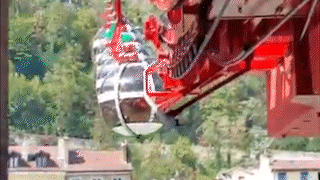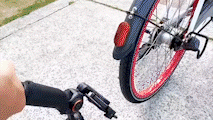The Amsterdam coronation riots (Dutch: Kroningsoproer) refers to major violence and rioting in Amsterdam, the Netherlands on the day of the coronation of Queen Beatrix, 30 April 1980. It was the biggest episode of such disturbances in the country since the end of World War II and the most significant event of the Dutch squatters' movement (Krakersrellen).
Beatrix's coronation as Queen was on 30 April 1980, and was when squatters started to riot. The protesters were rallying under the slogan Geen woning, geen kroning, which translates to 'No house, no coronation'. Despite the presence of 10,000 police officers, gendarmes and some military officers, the event turned into a major clash. The riots were centred around the Dam Square, where the new Queen's inauguration took place. Clashes also happened in and around Blauwbrug, Rokin and Vondelstraat.
It marked a milestone in the post-war peaceful history of the Netherlands. 600 people were wounded.[















































